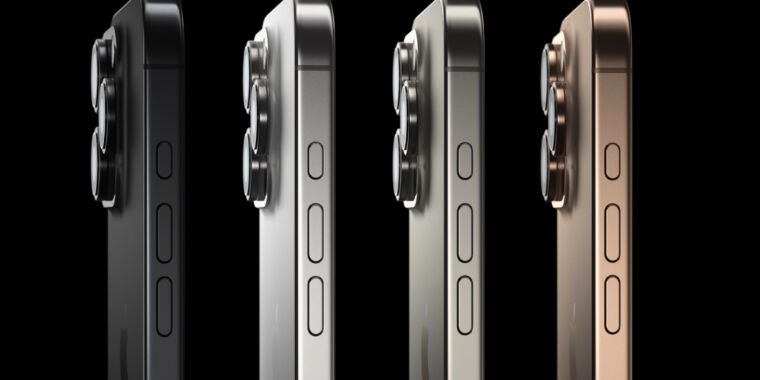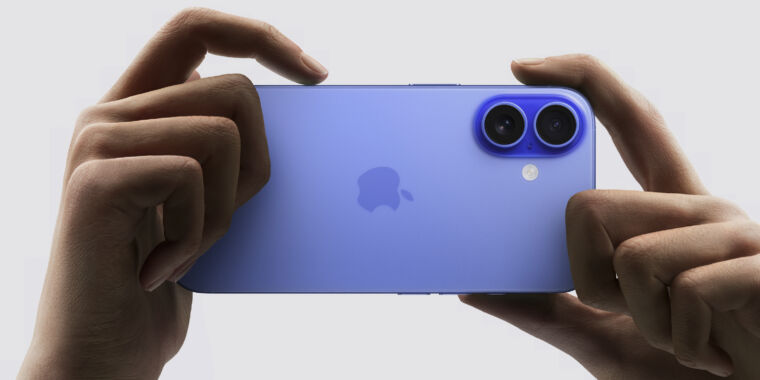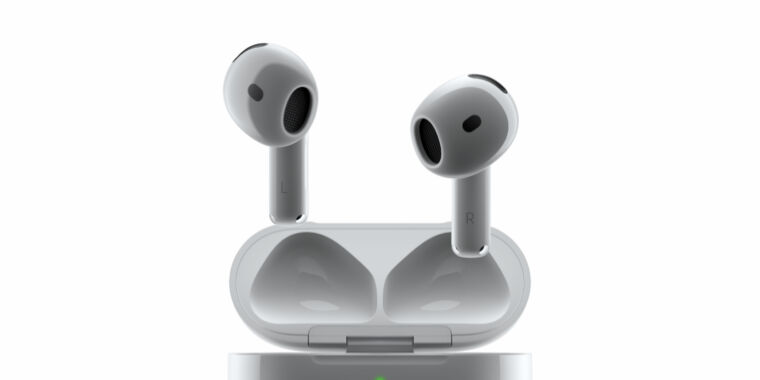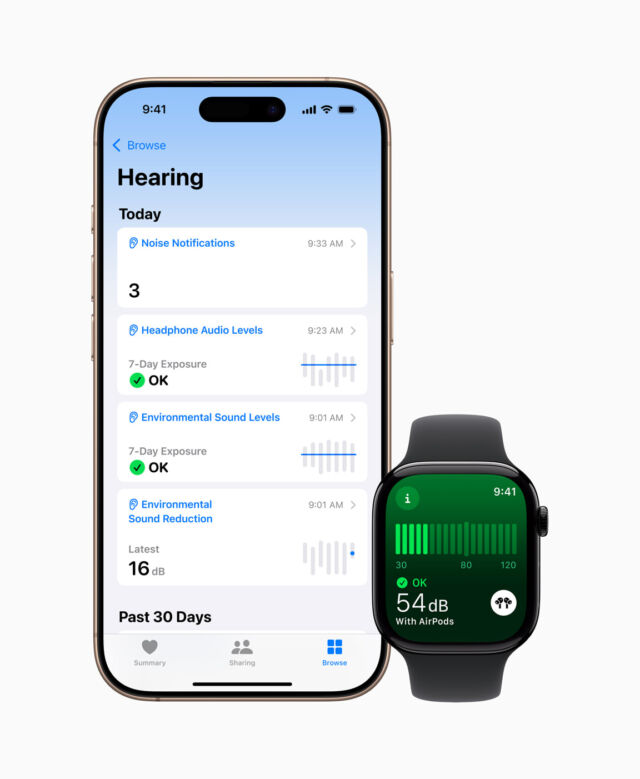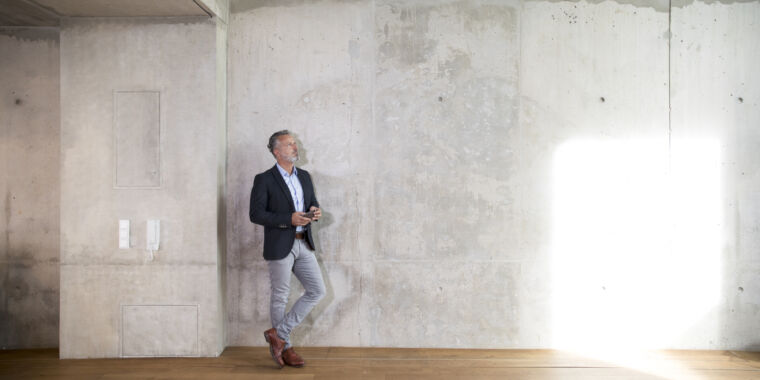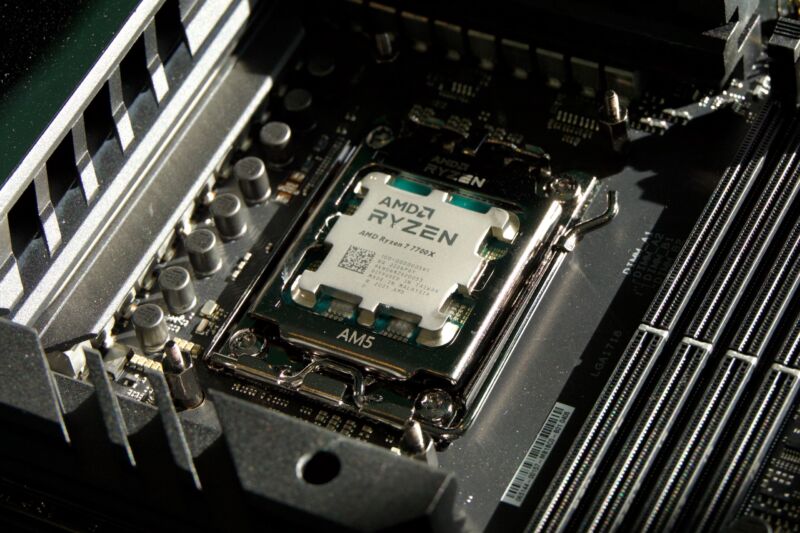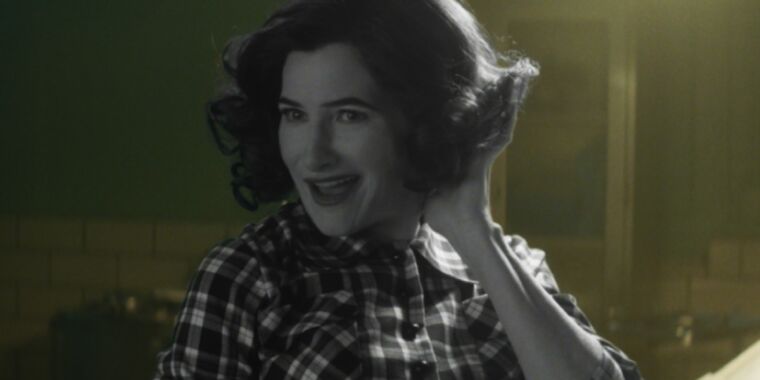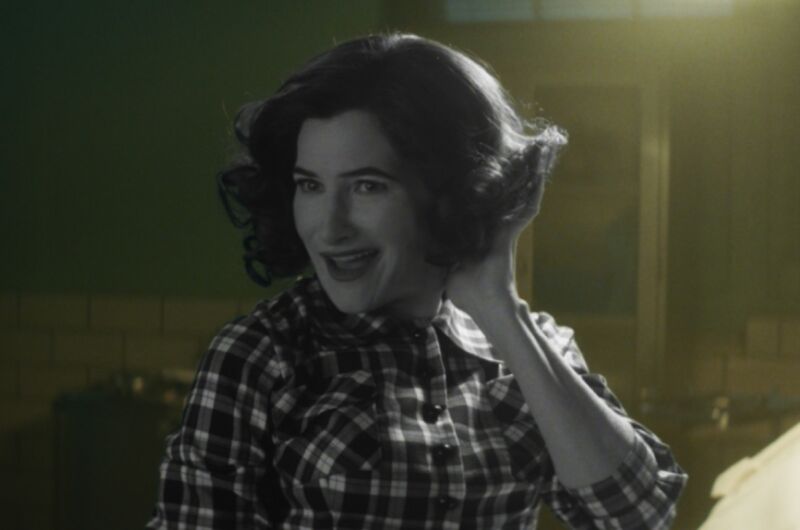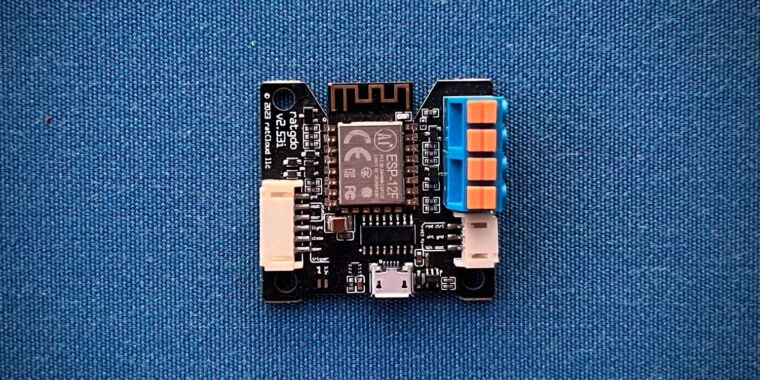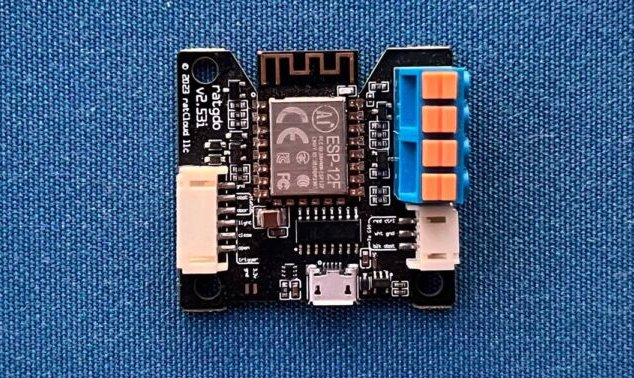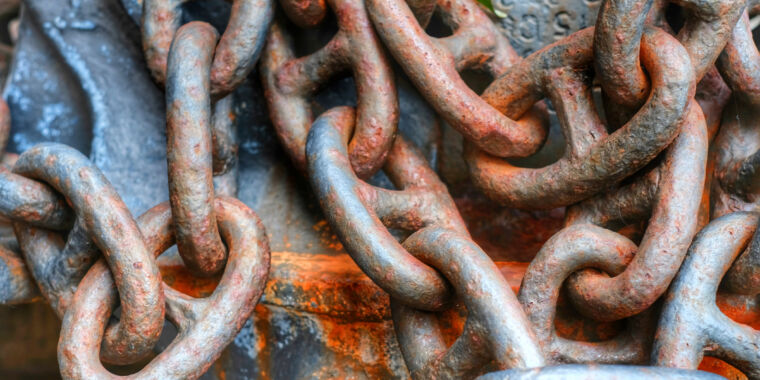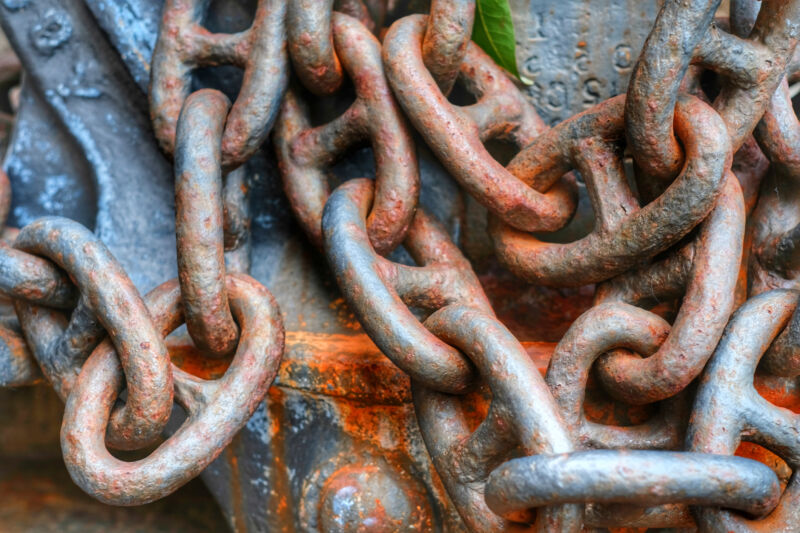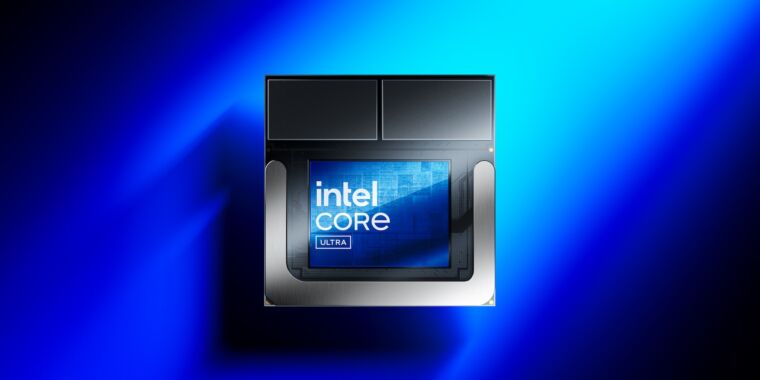Apple’s iPhone 16 Pro boasts a bigger screen and better camera zoom
48-megapixel cameras —
A 48-megapixel ultra-wide camera and the A18 Pro chip headline Apple’s flagship.
-
These are the new colors and finishes for the iPhone 16 Pro.
-
The screens are slightly larger this time around.
Apple
As expected, Apple announced the new iPhone Pro models today during a livestream: the iPhone 16 Pro and iPhone 16 Pro Max. The iPhone 16 Pro has a 6.3-inch display, and the Max has a 6.9-inch display. That’s primarily thanks to thinner borders around the displays.
Like the iPhone 15 Pro, the 16 Pro is made of titanium but with a new texture. Apple claims the phone has improved heat management with its new chassis, which could address some of our complaints about the iPhone 15 Pro—that means up to 20 percent faster sustained performance, too.
Larger batteries and efficiency improvements have led to a promise of battery life improvements, though Apple didn’t say exactly how much longer they’ll last during the livestream.
The iPhone 16 Pro includes the new A18 Pro chip, which is distinct from the A18 found in the regular iPhone 16. Apple says it is faster and more efficient.
It has a 16-core Neural Engine with 17 percent more memory bandwidth. Apple Intelligence features are said to run up to 15 percent faster than on the previous Pro phones. The A18 Pro ships with a 6-core GPU with 20 percent faster performance, and Apple touted its capability for AAA games—and that includes ray tracing performance that’s twice as fast. The 6-core CPU (two performance cores, four efficiency) is a modest 15 percent faster. Alternatively, it can deliver the same performance as the A17 Pro but with 20 percent more efficiency, which suggests battery life and heat improvements. Finally, there’s a new video encoder and ISP, with two times the throughput for data, with a special emphasis on improving video capture.
Like the new iPhone 16, the iPhone 16 Pro includes a new button called the Capture button. You can click it to take a photo quickly, like a traditional camera. But it’s also touch-sensitive, so you can run your finger across it in gestures to tweak the image using existing built-in photography features, like adjusting the zoom.
It has the same three camera types as before: wide-angle, telephoto, and ultra-wide. But there are some hardware improvements. The 48-megapixel wide-angle camera adds a new sensor that can read data twice as fast. There’s a new 48-megapixel ultra-wide camera to enable more detail in close-ups and selfies. The 5x telephoto lens that was exclusive to the 15 Pro Max is now included in both sizes of the iPhone 16 Pro, too.
The big new camera feature is 4K video capture at 120 frames per second and in Dolby Vision, which is a first for the platform. Videos captured this way can see their playback speed adjusted between 120 fps, 60 fps, 30 fps, and 24 fps after the fact in the Photos app. All videos captured can now include spatial audio, too. That’s accompanied by Audio Mix, a feature that allows you to switch between modes that attempt to isolate individual voices or sounds according to a few specific mix styles.
iPhone 16 Pro starts at $999 (128GB) or $1,199 (256GB) for the Max size. They are available for pre-order this coming Friday, and they ship on September 20.
Apple’s iPhone 16 Pro boasts a bigger screen and better camera zoom Read More »
